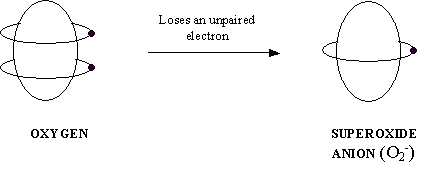Sonotron Therapy uses an apparatus called the Sonotron. It is a totally non-invasive device that uses the energy from a corona discharge beam to relieve pain and obtain other beneficial effects. To achieve this, the skin surface of a patient overlying a problem region such as an arthritic joint is scanned by the beam emanating from a discharge electrode to which is applied periodic bursts of radio-frequency energy whose repetition rate is at a sonic frequency and whose peak amplitude is such as to cause a corona discharge. This energy is derived from a radio-frequency carrier generator whose operating frequency is at 430 Khz. This carrier is over modulated in amplitude at a sonic rate, whose frequency is in the 1 Khz range, so that the carrier is interrupted periodically to produce the bursts.
Sonotron, possibly, works by many mechanisms. But, one practical explanation could be that of the inactivation of free radicals in the problem area of a patient’s body by the energy from the Sonotron, thereby reducing pain and reversing the process of destruction in body tissues. This mechanism could most likely sound logical for explaining why in a total of about 14 minutes, a diabetic sore, with horizontal size of 40 mm, was healed completely with only 2 minutes of net exposure time per session from the Sonotron and needing only 7 treatment sessions, in total.
The author attempts to explain his hypothesis as follows:
Fact No. 1
Studies have shown that the body of a patient suffering from the above problems tends to have a higher concentration of Superoxide Anion (a free radical) than present normally in a healthy person. This Superoxide Anion is normally removed by the enzyme, Superoxide Dismutase (SOD), present in the body. When the content is higher than the amount of SOD available, the Superoxide Anion becomes troublesome.
Fact No. 2
A free radical is a molecule which has an unpaired electron and can exist independently by itself. Superoxide Anion is formed when Oxygen loses one of its two unpaired electrons (or accepts an electron).

It, thus, becomes a molecule that is ready to accept another electron to stabilise itself.
Superoxide Anion is also represented by the symbol O2-. Because it is unstable, it readily dismutates to form Hydrogen Peroxide, a Reactive Oxygen Species, and Hydroxyl Radical, another free radical.

Fact No. 3
Hydrogen Peroxide, being a powerful oxidising agent, is a strong electron acceptor.

It is also acts as a reducing agent by being an electron donor.

|



